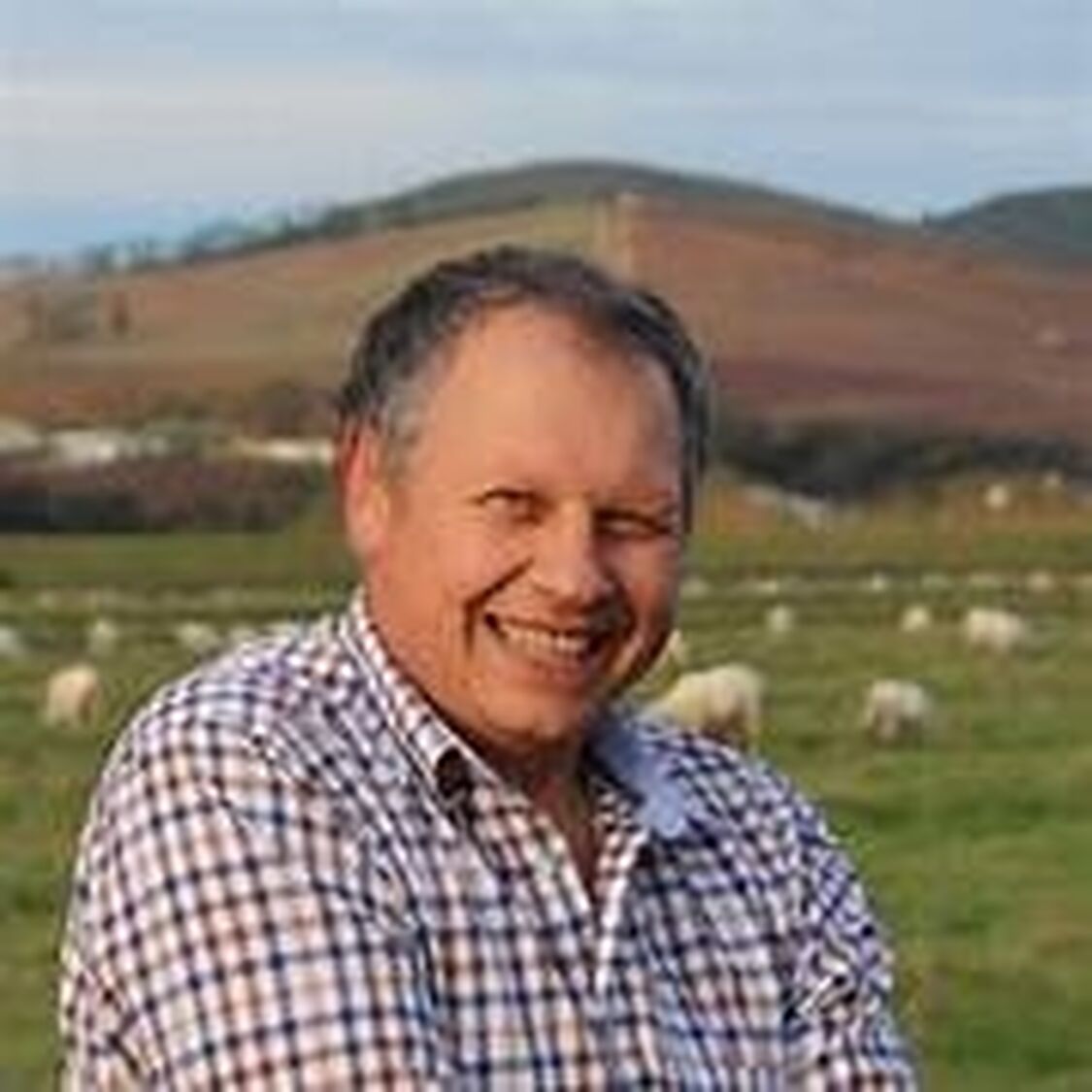Extensive small stock farming is one of the only really viable enterprises in much of arid South Africa, according to Schalk Cloete.
Which means many of these areas rely on sheep for their livelihoods.
Professor Cloete works in the Department of Animal Sciences at Stellenbosch University, and presented at the recent Sheep Genetics Leading Breeder conference.
He added that small stock were also well suited for integration with his country’s cropping production.
But despite this, the South African sheep flock has fallen from 30 million to under 20 million.
When it comes to data collection, growth is recorded for all breeds, with wool traits taken for Merinos and Dohnes.
And some measures of reproduction are taken on all breeds, but this has limitations, such as no recording of mating lists and no recording of lamb mortality.
“What I research is establishing genetic parameters for traits not commonly recorded and trying to provide the framework for incorporating these traits into the national scheme,”professor Cloete said.
“ I think it will be more profitable but also advantageous for ethical and sustainable reasons - it is early days but slowly making gains - if i could have a superpower it would be convincing people we need to record more traits in our national scheme.”
Professor Cloete believes reproduction is not only crucial economically for sheep production, but has the added importance of being a welfare trait when it comes to lamb survival.
He has been using the Elsenburg Merino flock (a resource flock) to select divergent female lines for reproduction since the mid-1980s.
This selection has been based on the composite reproduction trait of ewe fertility, twinning rate and ewe rearing ability, and is measured by the Number of Lambs Weaned (NLW.
What Professor Cloete has found is that the “high line” of selected ewes, those better performers, have increased the NLW by 1%, while the “low line”, the lesser performers, have decreased NLW by 0.5%.
The research found an impact on the duration of lamber, with the high line having a shorter average lambing time and the low line longer, which showed a genetic correlation between number of lambs weaned and lamb survival.
It also had an impact on post-lambing ewe behaviour, which focuses on the dam staying on the birth site and assisting with the lambs first suckling attempts.
This was also genetically correlated to the number of lambs weaned.
Lambs from the high line selection were better able to maintain rectal temperature and therefore survived better in cold stress; high line ewes made more milk and the progeny were heavier at both weaning and hogget age.
However the sheep in the high line were also found to be plainer in skin, with clean fleece weight and fibre diameter unaffected, but staple strength reduced - an unwanted genetic correlation.
That said, the low line sheep had 8 to 10 times more breech strike as the high line.
“Many traits were affected by selection for NLW, and there were some correlated responses that were neutral or unfavourable, the most important being staple strength being unfavourably affected, but selection for NLW resulted in favourable genetic responses in components, including ewe rearing ability and this was despite an increase in twinning rate, which is quite an important finding,” Professor Cloete said.
There was a substantial difference in the survival of multiple lambs in the high line compared to the low line.
“Survival can be improved along with multiple births by selection of NLW. A great deal of what has been achieved has actually been at the level of better survival of multiple lambs”.
And Professor Cloete believes the Australian sheep industry is well placed to better record, and improve on, reproductive traits, due to its superior data collection in some areas.
“What your scheme allows you to do is target these component traits very specifically and follow quite a nuanced approach to what you want to achieve, depending on your conditions specifically at your farm.”
